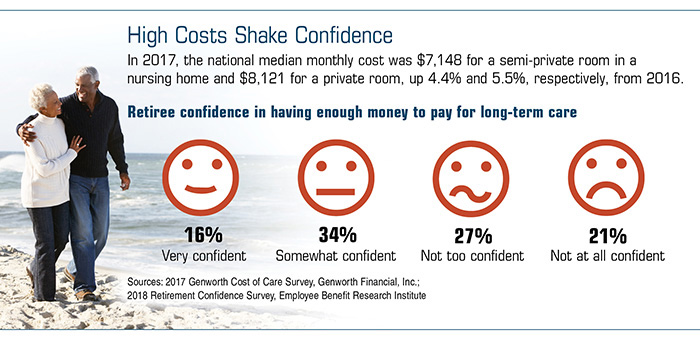The Facts About Pacific Prime Revealed
Table of Contents4 Easy Facts About Pacific Prime Described8 Easy Facts About Pacific Prime DescribedOur Pacific Prime StatementsThe Basic Principles Of Pacific Prime
In the majority of states, the insurance provider is needed to send you a copy of the modifications to your policy. It is very important that you check out Endorsements or Riders so you understand how your plan has actually transformed and if the plan is still appropriate to satisfy your requirements. To obtain a duplicate of your insurance coverage, please call your insurance coverage agent or company.
The Institute of Medicine (IOM) Board on the Effects of Uninsurance launches an extensive exam of proof that addresses the value of health and wellness insurance coverage with the publication of this record. Protection Issues is the initial in a series of 6 records that will be released over the next two years recording the truth and consequences of having actually an approximated 40 million people in the USA without medical insurance protection.

Unknown Facts About Pacific Prime
The goal of this collection of research studies is to redouble plan focus on a historical problem. Following the lengthiest economic growth in American background, in 1999, an approximated one out of every 6 Americans32 million adults under the age of 65 and more than 10 million childrenremains without insurance (Mills, 2000).

10 percent of the populace accounts for 70 percent of healthcare expenditures, a relationship that has actually continued to be constant over the past three decades (Berk and Monheit, 2001) - expat insurance. Therefore wellness insurance policy proceeds to offer the feature of spreading out risk even as it increasingly finances routine care. From the perspective of health care companies, insurance policy brought by their individuals assists protect a profits stream, and neighborhoods benefit from financially practical and steady health and wellness treatment practitioners and establishments
Federal government supplies health insurance to populations whom the private market might not offer successfully, such as handicapped and seniors, and populations whose accessibility to healthcare is socially valued, such as kids and pregnant females. The best ends of medical insurance protection for the specific and neighborhoods, including workplace areas of staff members and companies, are boosted health outcomes and lifestyle.
The 45-Second Trick For Pacific Prime
Workers rank wellness insurance initially without a doubt in importance amongst all the advantages provided in the office (Salisbury, 2001). There have been large financial investments of personal and public funds to give wellness insurance coverage, several individuals still have no protection. In spite of substantial reporting of survey findings and health and wellness care study results, the public stays overwhelmed and misinformed about Americans without health and wellness insurance policy and the implications of lacking protection.

Without question, the complexity of American healthcare funding devices and the wealth of sources of info include to the general public's confusion and suspicion regarding medical insurance data and their analysis. This report and those that will comply with objective to distill and provide in conveniently easy to understand terms the extensive research that bears on questions of medical insurance coverage and its importance.
Fifty-seven percent of Americans polled in 1999 believed that those without health insurance coverage are "able to get the care they require from medical professionals and medical facilities" (Blendon et al., 1999, p. 207). In 1993, when national interest was concentrated on the problems of the uninsured and on pending wellness treatment regulation, just 43 percent of those surveyed held this belief (Blendon et al., 1999).

They additionally get fewer preventative solutions and are less most likely to have routine look after persistent conditions such as hypertension and diabetes. Persistent illness can lead to pricey and disabling issues if they are not well managed (Lurie et al., 1984; Lurie et al., 1986; Ayanian et al., 2000). One national study asked even more than 3,400 adults about 15 very serious or dark problems.
Our Pacific Prime PDFs
Added evidence is provided later on in this phase in the discussion of insurance coverage and accessibility to health and wellness care. https://gravatar.com/pacificpr1me. Individuals without medical insurance are young and healthy and balanced and choose to do without protection. Virtually half (43 percent) of those evaluated in 2000 believed that individuals without medical insurance are more probable to have illness than people with insurance policy
Voters and policy makers in focus team discussions identify those without insurance coverage as young people that have the chance to be covered and feel they do not need it (Concierge Novelli, 2001). Contrasted to those with at least some private insurance coverage, the uninsured are less most likely to report remaining in exceptional or really great health (Company for Medical Care Research Study and Top Quality, 2001).
SOURCE: Facility for Price and Financing Researches, Agency for Health Care Research and Top quality, based on MEPS information. Young adults between 19 and 34 are far much more likely to do not have health and wellness insurance policy than any type of other age. This is chiefly because they view it now are less commonly qualified for employment-based insurance due to the nature of their task or their brief period in it.
The understanding that people without insurance coverage have better-than-average wellness adheres to from puzzling the fairly young age account of the uninsured with the better health, generally, of more youthful individuals. This obscures the link between health and wellness status and medical insurance. For those without accessibility to workplace health and wellness insurance policy, bad health and wellness is a potential obstacle to buying nongroup protection since such protection may be highly priced, omit preexisting problems, or be simply unavailable.